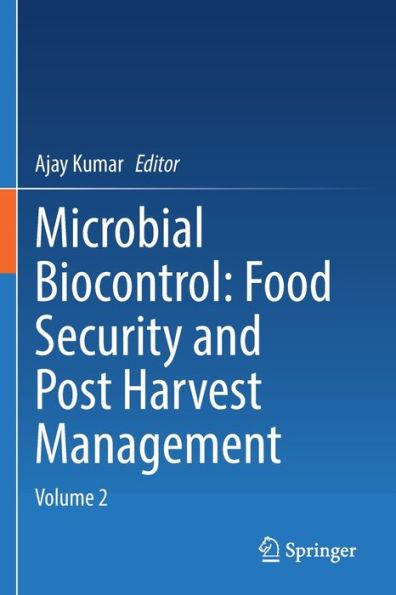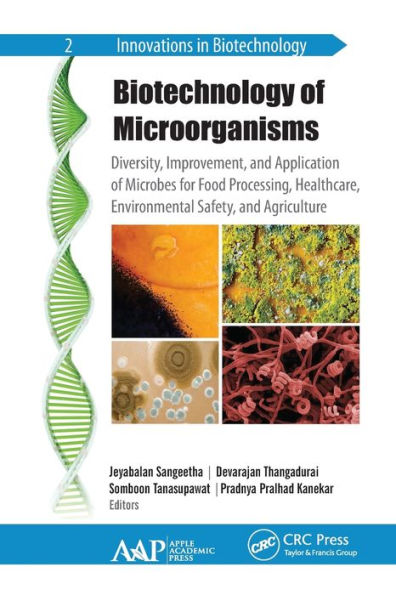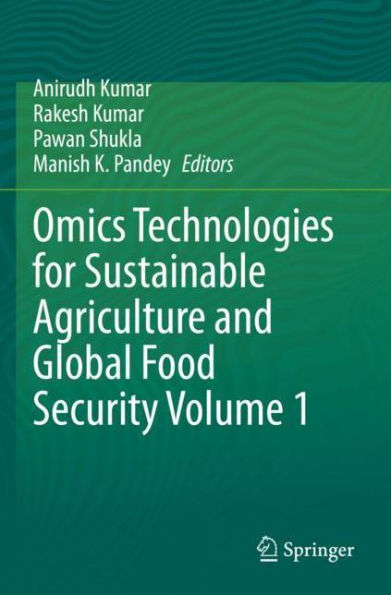Home
Microbial Surfactants: Volume 2: Applications Food and Agriculture
Barnes and Noble
Microbial Surfactants: Volume 2: Applications Food and Agriculture
Current price: $200.00


Barnes and Noble
Microbial Surfactants: Volume 2: Applications Food and Agriculture
Current price: $200.00
Size: Hardcover
Loading Inventory...
*Product information may vary - to confirm product availability, pricing, shipping and return information please contact Barnes and Noble
Biosurfactants are surface-active biomolecules produced by a wide variety of microorganisms. They can be produced from renewable sources, and possess high surface activity, high specificity, low toxicity, tolerance to pH, temperature and ionic strength, biodegradability, excellent emulsifying and demulsifying ability and antimicrobial activity. Biosurfactants have found applications in several industries including organic chemicals, petrochemicals, mining, metallurgy (mainly bioleaching), agrochemicals, fertilizers, foods, beverages, cosmetics, pharmaceuticals and many others.
The main aim of this volume is to highlight concepts, classifications, production and applications of microbial surfactants in food and agriculture. The book provides a comprehensive coverage of fermentation, recovery, genomics and metagenomics of biosurfactant production. It is presented in an easy-to-understand manner, and includes protocols, figures, and recent data on the industrial demand market and economics, and the production of biosurfactants from novel substrates are particularly worthwhile additions. The volume will be useful for students, researchers, teachers, and entrepreneurs in the area of microbial biosurfactants and their applications in food and agriculture.
The main aim of this volume is to highlight concepts, classifications, production and applications of microbial surfactants in food and agriculture. The book provides a comprehensive coverage of fermentation, recovery, genomics and metagenomics of biosurfactant production. It is presented in an easy-to-understand manner, and includes protocols, figures, and recent data on the industrial demand market and economics, and the production of biosurfactants from novel substrates are particularly worthwhile additions. The volume will be useful for students, researchers, teachers, and entrepreneurs in the area of microbial biosurfactants and their applications in food and agriculture.


















